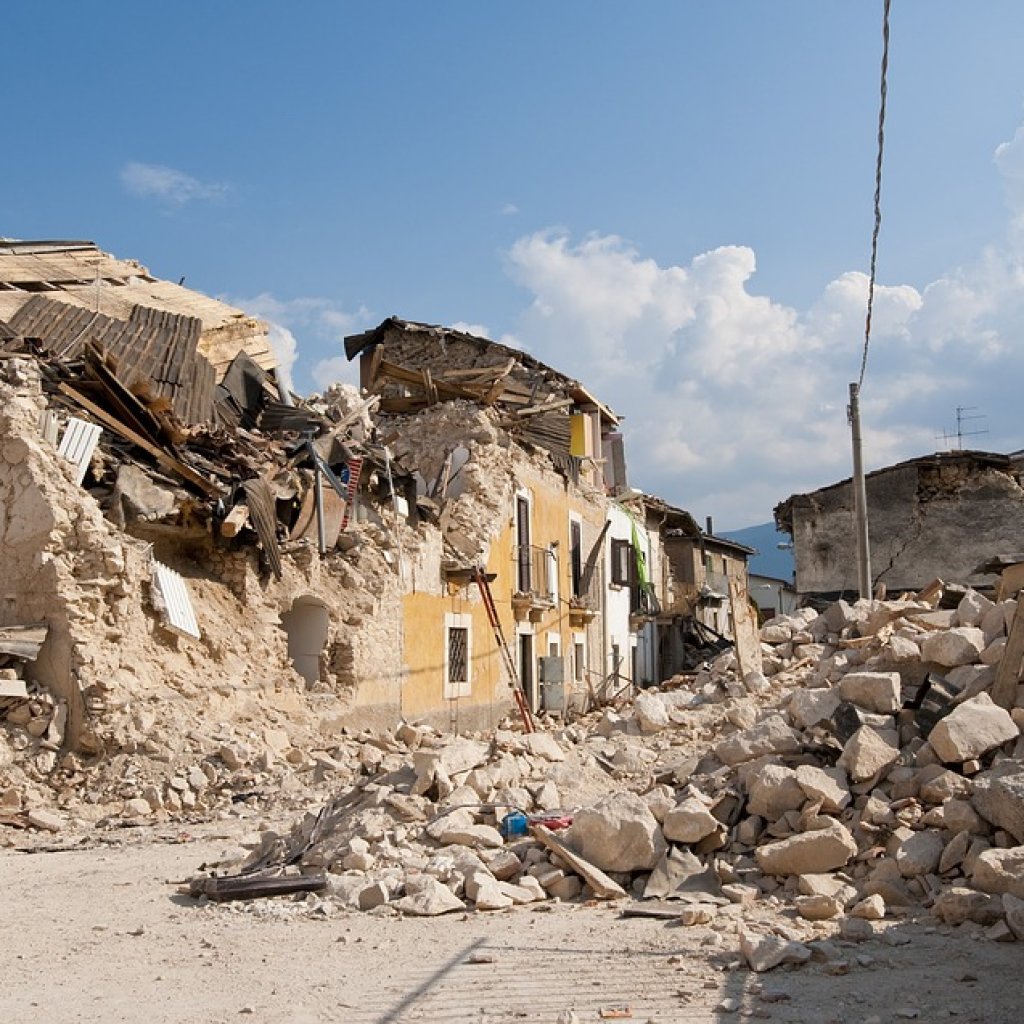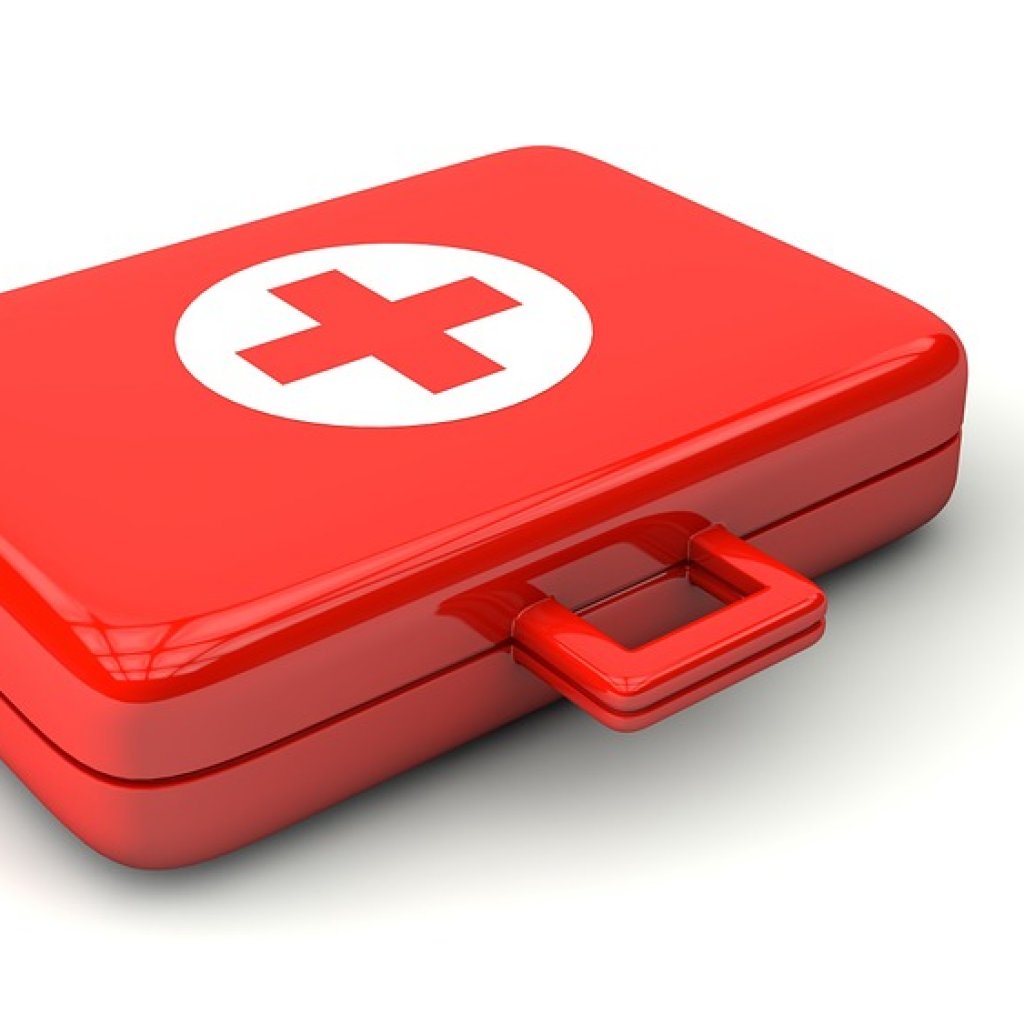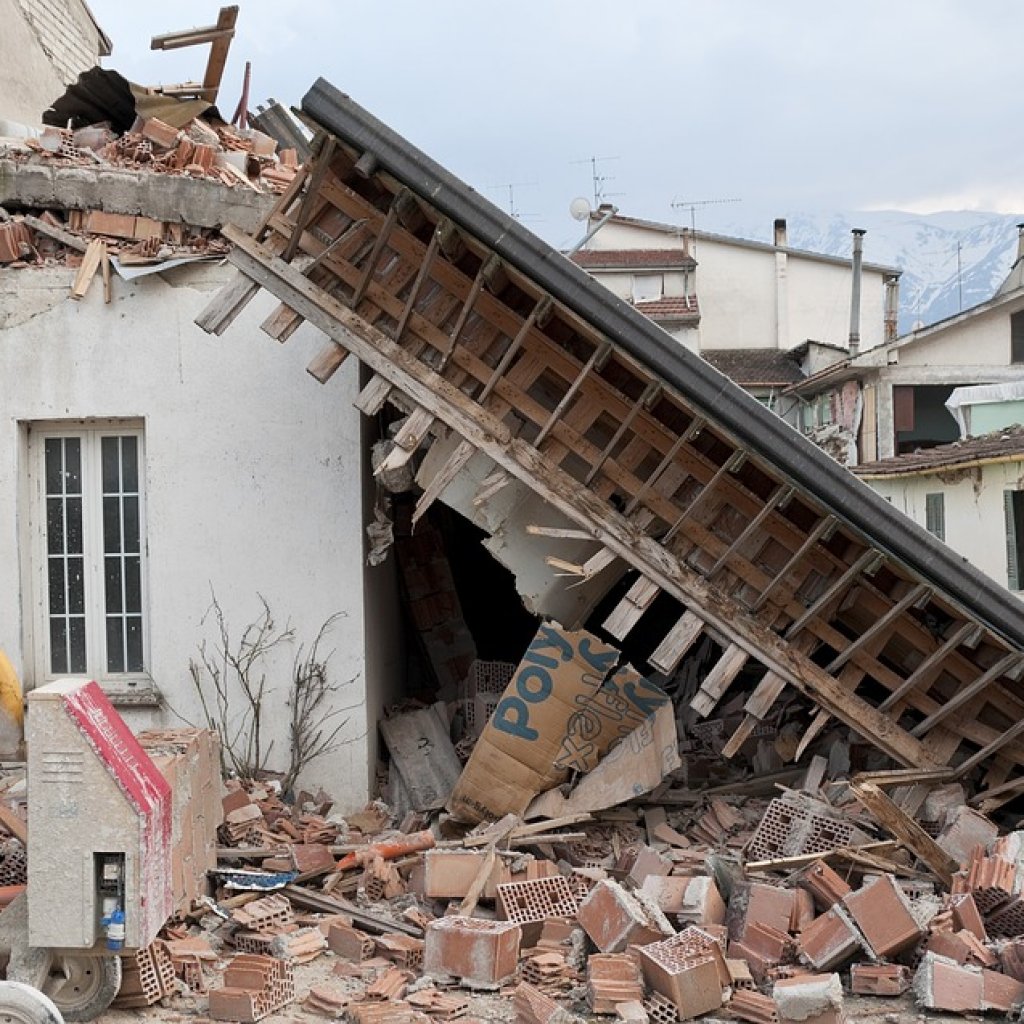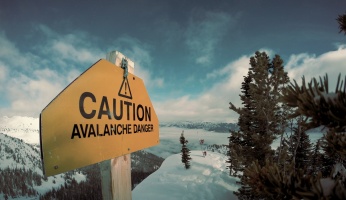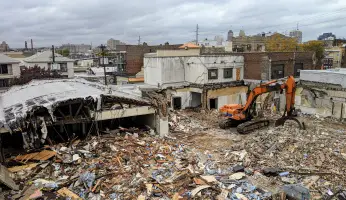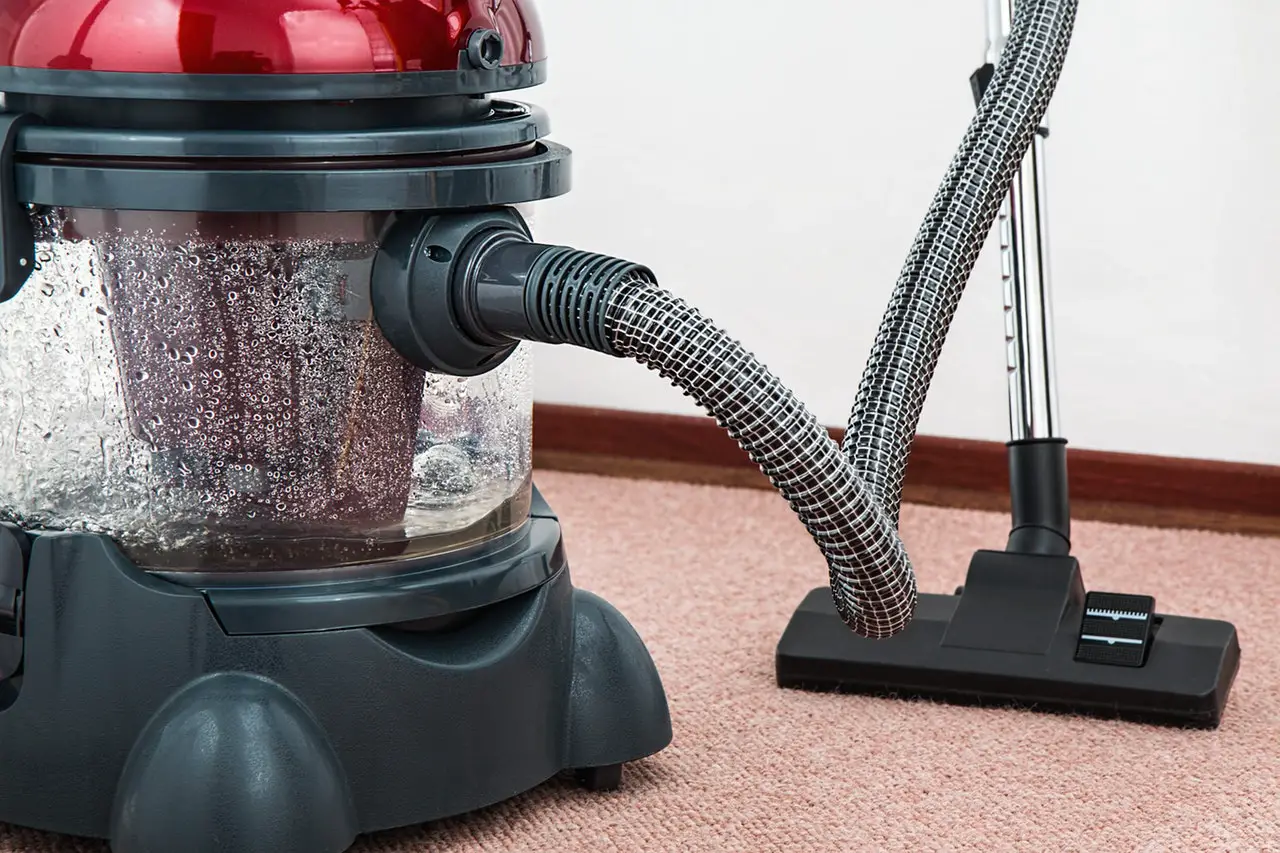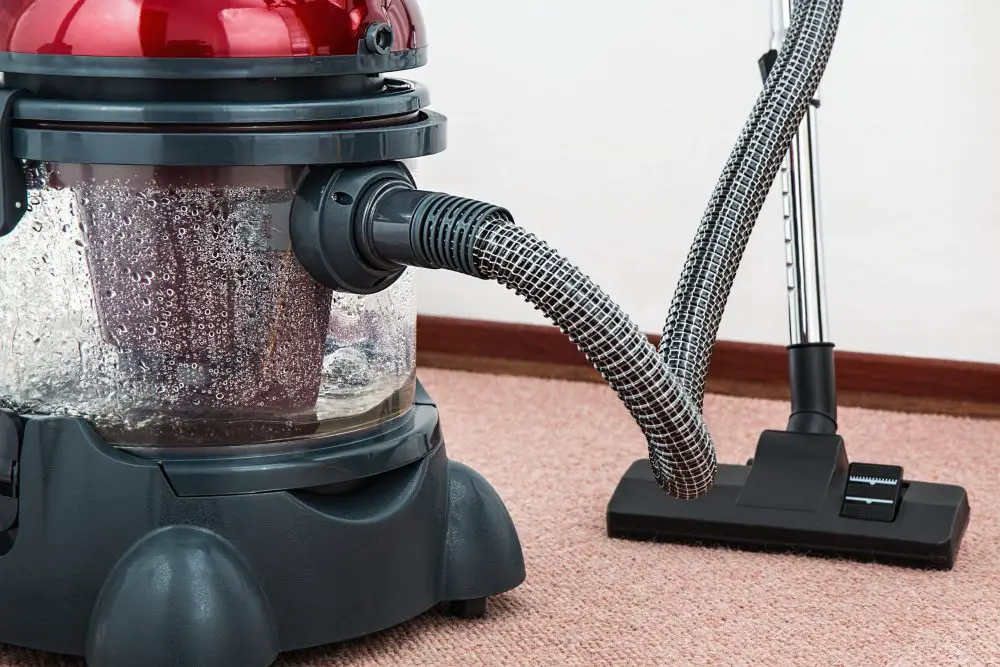Everything You Need to Know to Build Your Own Earthquake Kit
Unlike other types of natural disasters, that you at least have a little bit of time to prepare for, earthquakes hit without warning and hit hard, oftentimes leaving nothing but destruction and death in their wake. Your biggest type of defense against an earthquake, and your only one actually, is for you and your family to be prepared before it hits to survive during and after the quake happens. The thing is that many people have no idea where earthquakes even happen the most often in the United States unless they have lived in an area that has them all of their lives. So, when they move to an earthquake-prone area, they don’t even think to prepare, with things such as an earthquake survival kit or even earthquake insurance on the home they just purchased. It’s extremely important to learn everything you can about the area that you live in, especially if it is in an earthquake zone, and to learn how to prepare yourself and your family to handle the earthquake and how to survive during and afterward as well.
That’s why in this blog we will discuss everything from the pros and cons of using a ready-made survival kit, to building your own earthquake kit, and from building your earthquake kit on a budget to the pros and cons of buying that earthquake insurance for the home you just purchased in earthquake country.
So, pull up a chair, grab a drink and let’s delve into our blog on everything earthquake and how to build a kit for the inevitable earthquake that is surely coming sooner rather than later. Ready? Set? Then, let’s proceed.
Things You Will Need to Keep in Your Earthquake Kit
The thing is, you don’t have to just worry about what to put in your earthquake kit for your home, but for your car, and your workplace as well. We will list a few of the top items you need to put in each of those earthquake survival kits below.
For Your Home
- Ax
- Shovel
- Broom
- Tools such as pliers, hammer, adjustable wrench, and a screwdriver
- Plastic sheeting
- Tape
- A rope for towing a car or to aid in a rescue
- Sturdy shoes that will protect your feet from the debris left behind, such as nails, screws, glass, and other items
- Heavy, durable gloves for cleaning up afterward
- A change of clothing
- Waterproof matches
- A few candles
- A garden hose
- A Tent
- Activities to keep the kids and adults entertained, such as books and board games, until the power is restored
- Portable radio with extra batteries
- Flashlight with extra batteries
- Batteries, this can’t be stressed enough
- Blankets to keep warm
- Sleeping bags for all family members
- Eyeglasses
- Essential medications
- Food and water for your pets
- A fire extinguisher
- Toilet tissue
- Cash, because with the power out, your credit card and the debit card won’t work
For Your Car
Since an earthquake can strike without warning, you could be anywhere when it happens, even in your car. So, it’s important to have a well-stocked earthquake survival kit stored in your car as well. What you will need in it is listed below.
- A change of clothes
- Bottled water
- Blankets
- Your cell phone
- Cell phone charger
- A first aid kit and manual
- An emergency beacon device
- Flashlight with fresh batteries
- Extra batteries
- Non-perishable food
- A local map
- A compass
- Rope
- Prescription medications
- Towelettes that are pre-moistened
- Paper
- Pencils
- Battery operated radio with extra batteries
- Extra batteries
- Toilet tissue
- A small mirror to signal for help
- A whistle to signal for help
- Tools
- Duct tape
- Jumper cables
- Compass
For Your Workplace
If you get stranded in the workplace, it’s important not to assume that everything you need will be provided for you or that other co-workers thought ahead when you didn’t. Below, you will find what you need to pack in your own earthquake kit to keep in the place that you work.
- Nonperishable food items
- A sweatshirt or jacket
- Bottled water
- A pair of sturdy shoes
- Flashlight with extra batteries
- Extra batteries
- Portable radio with extra batteries
- Blankets
- Essential medications you might need
- A small first aid kit
- An extra pair of glasses or contacts and contact solution
- A whistle or another device you can use to signal for help
These are pretty much all of the times that you should keep in your earthquake kit for your home, your office, and your car at all times. Don’t forget to do frequent inspections to replace things and check batteries as well.
For many of us, the above list is a little out of our reach for something that might never happen, so we are going to do a section on building your earthquake kit on a budget, so that you can be protected, even if you don’t have a lot of money.
Building Your Earthquake Kit on a Budget
Below, you can find some tips for building that earthquake kit that you really need, on a budget almost anyone should be able to afford.
Keep it Simple
Chance are that you aren’t going to be suffering an earthquake due to the zombie apocalypse, so the power shouldn’t be out for more than a week at the most. With that being said, there is no reason that you have to spend hundreds of dollars on a bunch of stuff that you might never even use, or that could possibly expire before you ever get the chance to use them. Keep it simple, have enough supplies for at least a week and you should come through fine.
Be Patient
Remember, that patience does have a way of paying off in the long run. Try making a list of the items above and then buying them when they are on sale, as they will surely be at some point. It’s also a great idea to catch non-perishable items, such as canned goods on sale and stock up with they are. You will have a kit full of survival gear for whatever the earthquake might bring in the long run, and you won’t have broken the bank to do so.
Never Skip the Good Stuff
After an earthquake is no time to pig out on junk food like chocolate bars and candy. Instead, of putting stuff like candy and chips in your earthquake survival kit, put things that are good for you to snack on, such as protein bars and granola in there instead.
Create Meals DIY Style
Creating some of the meals and treats that will go into your earthquake kit DIY, do it yourself style, is a less expensive and much healthier way to get the job done. It is critical, however, that you read up on how to make this stuff, as if prepared incorrectly it will spoil quickly, and you will have done it all for nothing and still have no food for your survival kit. This way of preparing your food for an earthquake is also a great way to do it if you or someone in your family has dietary restrictions that will still need to be followed regardless of whether there is power or not.
Save Your Own Water
While buying gallons of water or investing in a bunch of cases of bottled water is easier and recommended, for some of us it’s just not economically feasible. Save your two-liter bottles and milk jugs to put your water in for your survival kit. Make sure that you clean the bottles and jugs extremely well, then sanitize and treat them with water purifying treatments. Once you have cleaned the bottles and jugs, fill them with tap water, seal them extra tightly, and put the date that you fill the bottles on them. Store them in a cool dry place for use when needed. It is important to note, however, that water that is not commercially treated water will need to be replaced after six months, so keep an eye on your supply, and change it as needed.
Go Off-Brand
You don’t have to buy everything you need for your earthquake survival kit off the shelves of expensive stores and neither do you have to buy name-brand items. Shop at your local dollar store and other places that carry these items at a cheaper price. You will be glad you did when you see the total at the register.
These are just a few of the top ways that you can save money and still get the earthquake survival kit you need to survive after an earthquake, for you, your family, and your pets. With that being said, a lot of people go with ready-made survival kits instead. Let’s talk about that.
The Pros and Cons of Ready Made Survival Kits
While many people buy ready-made kits to prepare for an earthquake, just as many people say it’s a bad idea. Read on below for a few of the pros and cons to help you make the right decision for you and your family.
The Pros
It is said that buying a premade kit that you can show off to your friends and neighbors is a great way to raise public awareness to the fact that these are items they may one day need, in the not so distant future.
Another advantage of pre-made survival kits is that they come with a well-rounded assortment of products, so you will probably get the basics that you need. It’s a very good kit to start building your kit around.
The cost is also said to be really good with these types of survival kits. You get some pretty good products, that are much cheaper than you would be able to get them shopping for them separately at the stores.
![]()
The Cons
Of course, there are cons to buying pre-made survival kits for earthquakes as well.
Of course, the quality of the goods you get in an earthquake survival kit that is pre-made is going to vary from one company to the other. There are going to be some items that are worth paying for and others that might break on use or never work at all and there is the possibility of getting food and water that is expired as well.
Buying a pre-made kit takes away the customization of making up your own. You have no way of knowing what non-perishable food items will come in the kit, and if someone is allergic or has dietary restrictions, you could run into a problem.
The value of the kit can also suffer, as if it’s not really what you’re looking for, you might not want it after you pay for it and get it. This leaves you with no survival kit and broke to boot, so you won’t be able to build your own.
These are just a few of the pros and cons of pre-made earthquake kits. The choice, of course, is yours as to which way you want to go with yours.
Should You Get Earthquake Insurance?
The answer to this question is debatable. Of course, if you live in an area that is prone to earthquakes, it will help you to replace your home or do repairs, should the worst happen. However, if you never use it, is it really worth paying for? The best way to make that decision is by doing your own research to determine which is the best choice for your family and your budget as well.
This wraps up our blog on everything you need to know about building your own earthquake it. Take it seriously and stock up as soon as you can. Stay safe, everyone.
Sources:
- Emergency Management: Tips for Building a Budget-Friendly Preparedness Kit
- CDC: Emergency Supplies for Earthquake Preparedness
- Safety.com: Keeping Your Family Safe During an Earthquake





